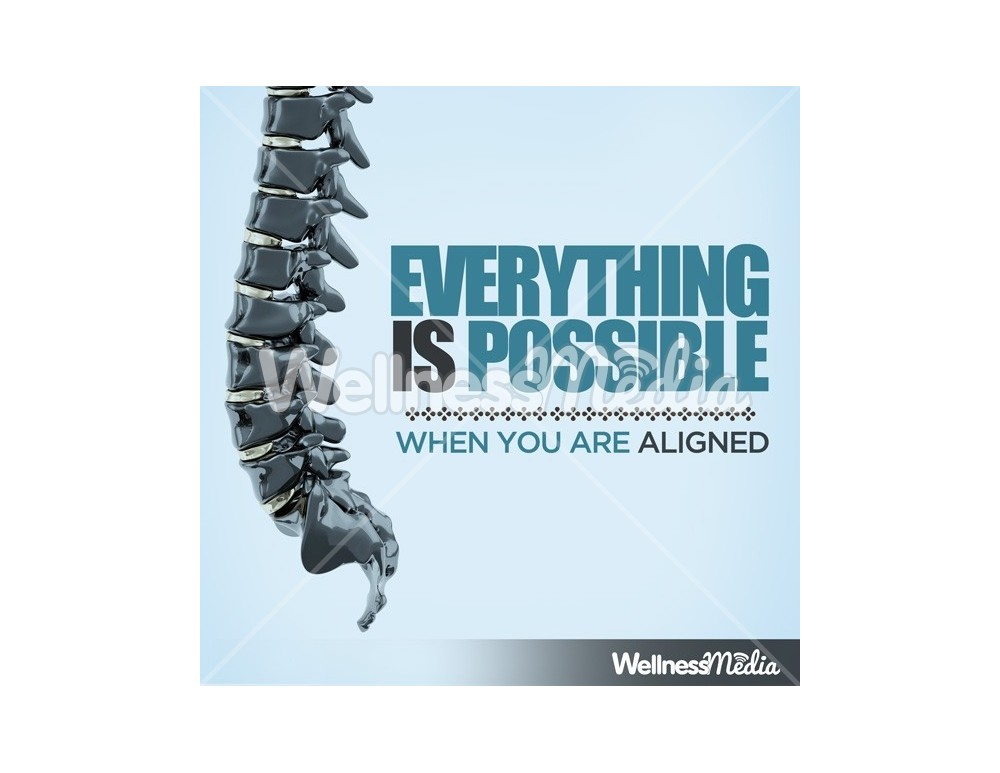Although Cold Laser Therapy Is Believed To Provide Discomfort Alleviation, What Truths Are Covered By The Misconceptions? Discover The Realities That Could Transform Your Recovery Journey
Although Cold Laser Therapy Is Believed To Provide Discomfort Alleviation, What Truths Are Covered By The Misconceptions? Discover The Realities That Could Transform Your Recovery Journey
Blog Article
Post By-
If you've been battling with persistent pain, you might have heard of cold laser therapy. It's important to separate reality from fiction prior to considering this therapy. Many people still believe various misconceptions surrounding its effectiveness. Understanding the scientific evidence behind cold laser therapy can shed light on its potential benefits for pain administration. So, what does the study actually claim, and just how might this therapy alter your approach to alleviation?
Common Myths Concerning Cold Laser Treatment
What do you actually understand about cold laser treatment? Find Out More may think it's just a fad or that it's painful, however that's far from the fact.
Several think it's just efficient for minor problems, while it can in fact aid a range of conditions. Some think it's the same as traditional laser treatments, yet cold laser therapy makes use of low-level light and doesn't create heat, making it non-invasive and pain-free.
You could likewise hear that it's only for certain age, but individuals of all ages can benefit. Lastly, there's a misconception that it's uncontrolled, when actually, several experts adhere to stringent standards.
Understanding these myths can aid you make an educated choice concerning checking out cold laser therapy for your pain relief.
Scientific Proof Supporting Cold Laser Treatment
Many mistaken beliefs about cold laser treatment can cloud its performance, however an expanding body of scientific evidence sustains its use for discomfort relief.
Research studies have shown that low-level laser treatment can lower inflammation, promote tissue healing, and minimize pain in problems like joint inflammation, tendinitis, and back pain.
Study published in credible journals highlights how cold laser therapy boosts mobile procedures, enhancing blood circulation and accelerating recuperation.
Clinical trials consistently show significant renovations hurting degrees and mobility for individuals undergoing this treatment.
You might find it reassuring that companies like the FDA back specific cold laser tools, even more verifying their healing possibility.
As more practitioners embrace this innovation, the proof remains to install, making it a feasible option for discomfort administration.
Benefits of Cold Laser Treatment for Discomfort Management
As you discover discomfort administration options, cold laser treatment attracts attention for its many advantages.
Initially, it's non-invasive, suggesting you won't need to bother with surgery or extensive recovery times. This treatment stimulates recovery at the mobile degree, reducing swelling and discomfort effectively. You'll likely experience fast alleviation without the side effects typically related to medications.
In addition, cold laser therapy advertises increased blood circulation, improving oxygen shipment and nutrient absorption in the afflicted location. This can result in faster healing from injuries.
Many individuals report improved wheelchair and feature, allowing you to return to everyday activities earlier. Generally, cold laser treatment provides a risk-free, efficient option for handling discomfort and accelerating healing.
Verdict
To conclude, cold laser treatment isn't simply a passing pattern; it's a tried and tested, effective alternative for taking care of pain and promoting healing. By exposing visit the site and highlighting scientific assistance, you can see exactly how this non-invasive therapy can boost your wheelchair and general lifestyle. If you're searching for a safe alternative to typical discomfort alleviation methods, take into consideration exploring cold laser therapy-- maybe the remedy you've been searching for.
